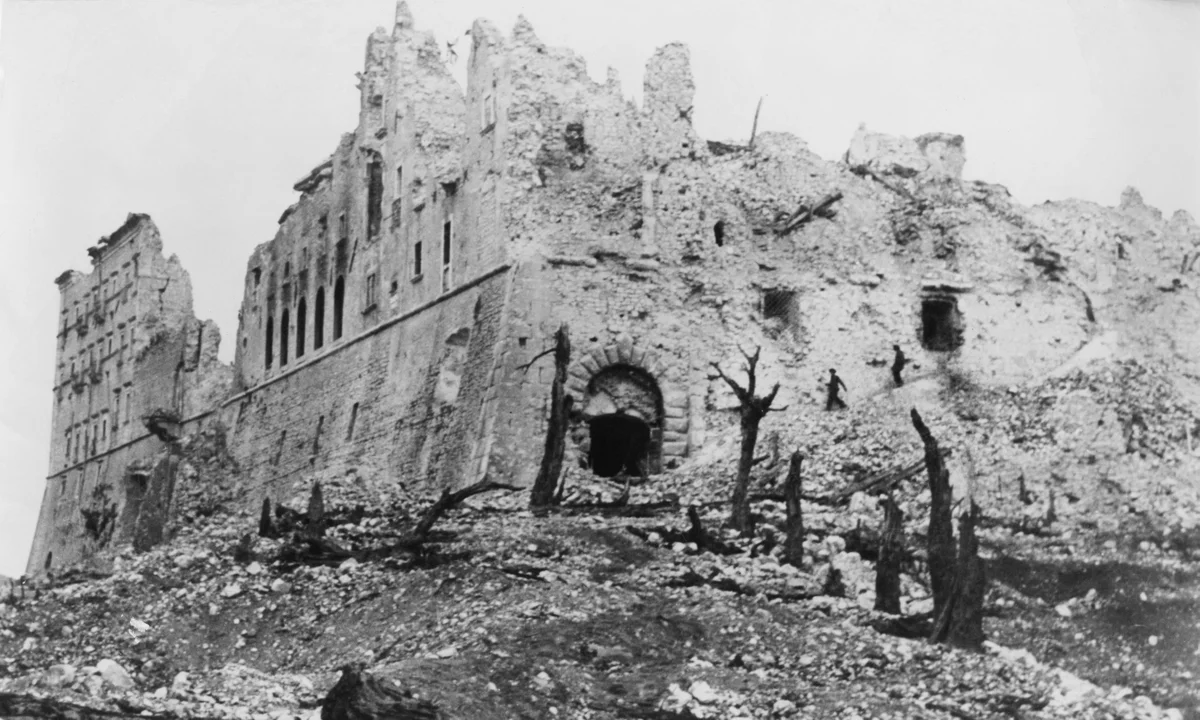The Bombing of Monte Cassino, a controversial decision during WWII
The Bombing of Monte Cassino was a major event during World War II that took place in Italy in early 1944. It was part of the Allies’ campaign to break through the German defensive line known as the Gustav Line, which blocked the road to Rome.
Monte Cassino is the site of an ancient Benedictine monastery founded in the 6th century. It sat on top of a hill that gave a clear view of the surrounding area, making it a strategic location during the war. Although the Germans had promised not to use the monastery for military purposes, the Allies believed it was being used to help German troops spot Allied movements.
On February 15, 1944, American bombers dropped hundreds of tons of explosives on the monastery, completely destroying it. The goal was to weaken German defenses and help Allied troops advance. However, the bombing did not have the intended effect and ended up. After the monastery was destroyed, German paratroopers moved into the ruins and used them as a strong defensive position, which actually made things harder for the Allies.
The battle for Monte Cassino lasted for months and included four major assaults. It caused heavy casualties on both sides and left many local civilians dead or displaced. The Allies finally captured the area in May 1944, opening the road to Rome.
Today, the bombing of Monte Cassino remains a controversial event. The bombing of holy grounds was a highly controversial decision and it certainly didn’t help that it ended up backfiring on us either. Regardless of this, it was rebuilt after the war with help from the US.
Some believe it was necessary to win the war, while others think it was a mistake that destroyed a historic site and didn’t help the military situation. Either way, it was a key moment in the Italian Campaign and shows the challenges of fighting in such a complex war.



